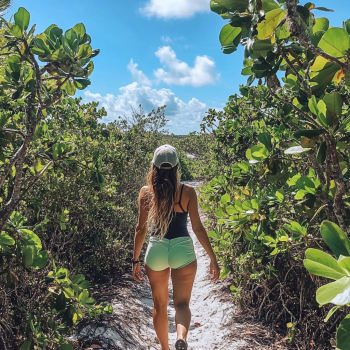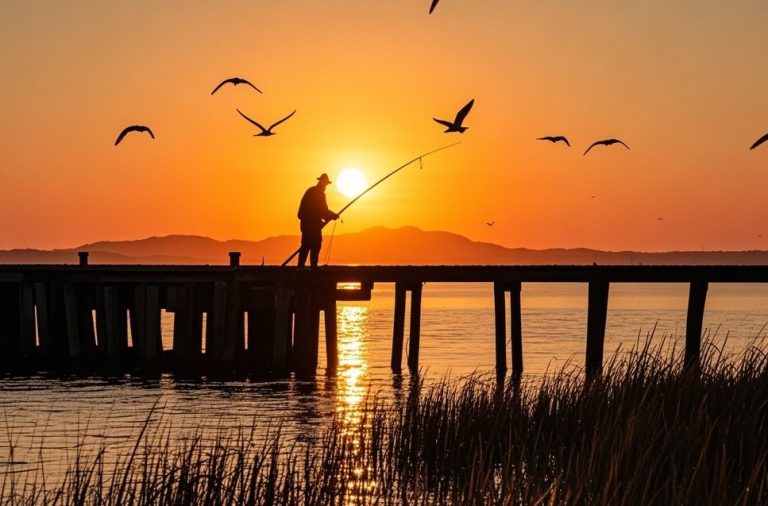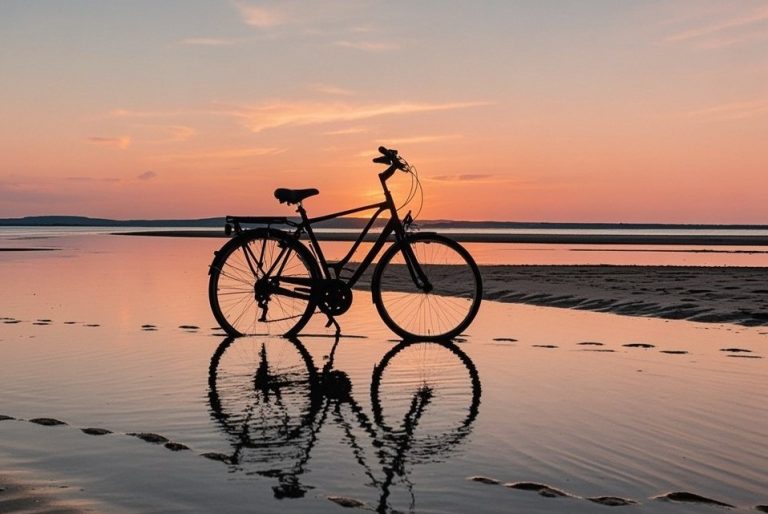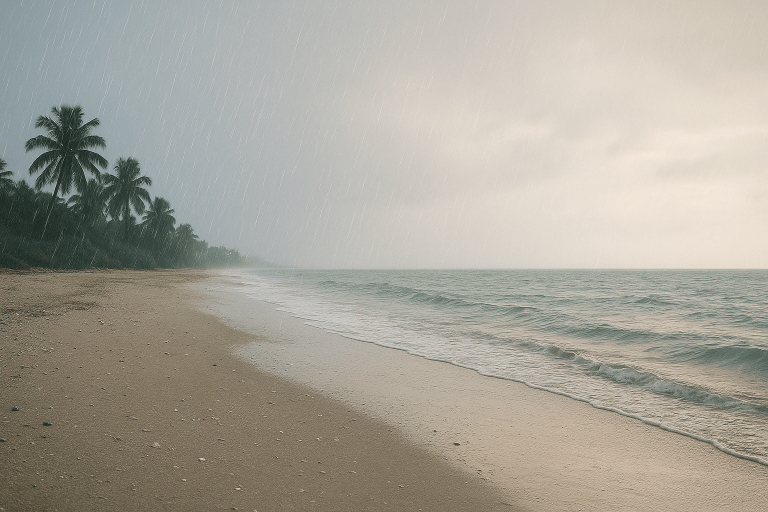
Sanibel Island is a paradise for nature enthusiasts, offering breathtaking wildlife, stunning beaches, and memorable outdoor adventures, all while being mindful of budget-friendly options.
Did You Know? 🌿✨
- Sanibel Island is world-famous for shelling: With over 250 types of shells found along its shores, it’s a dream destination for shell collectors and marine enthusiasts. 🐚🌊
- The J.N. “Ding” Darling National Wildlife Refuge is one of the largest undeveloped mangrove ecosystems in the United States, protecting more than 6,400 acres of vital wildlife habitat. 🦆🌳
- Over 245 species of birds have been recorded on Sanibel Island, making it a top spot for birdwatching, especially during migration seasons. 🐦🔭
- The refuge is named after Jay Norwood “Ding” Darling, a Pulitzer Prize-winning cartoonist and passionate conservationist who helped establish the National Wildlife Refuge System. 🖊️🏞️
- Mangroves play a crucial role in protecting Sanibel’s coastline, acting as natural barriers that reduce erosion and provide a nursery for countless marine species. 🌱🌊
1. Sanibel Island’s Reputation for Shelling
1.1 Shelling Paradise
Sanibel Island is famous worldwide for its shelling opportunities. Its unique east-west orientation and currents make it a prime location for collecting shells, with over 250 types found along its shores. This makes it a must-visit destination for shell collectors and beachgoers.
2. The Significance of J.N. “Ding” Darling National Wildlife Refuge
2.1 Vast Mangrove Ecosystem
The J.N. “Ding” Darling National Wildlife Refuge spans over 6,400 acres and is one of the largest undeveloped mangrove ecosystems in the U.S. This vital habitat provides shelter for numerous wildlife species and plays a crucial role in protecting the island’s biodiversity.
2.2 A Sanctuary for Wildlife
This refuge protects various species, making it a top spot for birdwatching, with over 245 species recorded. The refuge is especially important during migration seasons, offering a safe haven for migratory birds.
3. Jay Norwood “Ding” Darling’s Legacy
3.1 The Man Behind the Refuge
The refuge is named after Jay Norwood “Ding” Darling, a Pulitzer Prize-winning cartoonist and environmentalist who advocated for the conservation of wildlife and natural spaces. Darling’s efforts helped shape the U.S. National Wildlife Refuge System, cementing his legacy in wildlife protection.
4. Mangroves: Protectors of the Coastline
4.1 Coastal Erosion Defense
Mangroves on Sanibel Island act as natural barriers, protecting the coastline from erosion caused by storms and rising sea levels. They also help filter pollutants, maintaining the quality of water around the island.
4.2 Marine Nursery
Mangroves provide a safe nursery for various marine species, contributing significantly to the health of the island’s marine ecosystems.
In conclusion, Sanibel Island offers a unique blend of natural beauty, diverse wildlife, and conservation efforts. With world-class shelling, the vast J.N. “Ding” Darling National Wildlife Refuge, and the protective role of mangroves, the island is a haven for nature lovers. These features make Sanibel not just a vacation spot, but a place where visitors can connect with the environment and learn about conservation. For more details, be sure to explore further resources about Sanibel’s natural wonders.
Thank you for exploring the wonders of Sanibel Island with us! 🌞 Whether you’re discovering the beauty of nature, hiking the trails, or learning about its rich wildlife, we hope you’re inspired to plan your next adventure. 🌿 We truly appreciate your interest and can’t wait to share more insights with you. Stay connected for more tips, stories, and inspirations on all things Sanibel! 🌴
Credit to @CBS Sunday Morning
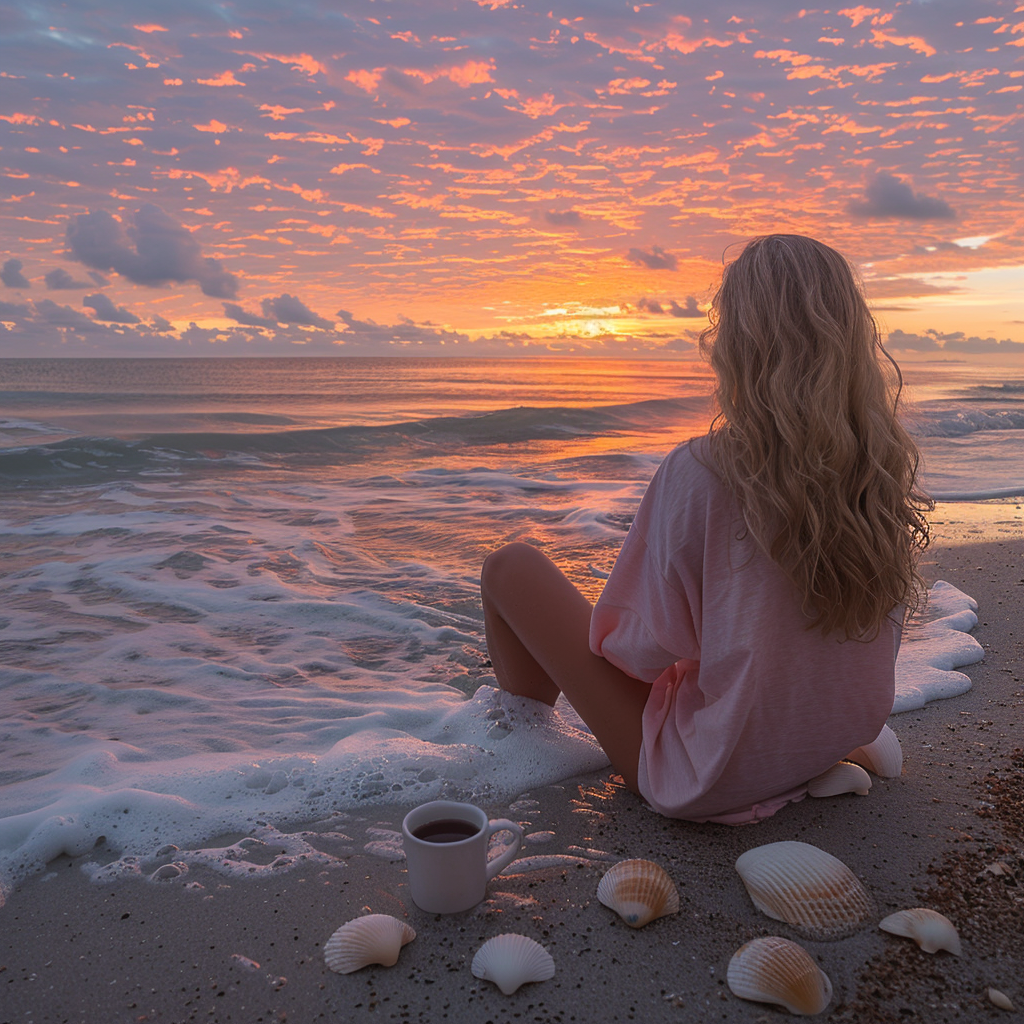
I’m Ayla Wolesky, and I’ve spent years exploring every corner of Sanibel Island. From its pristine beaches to the hidden gems only locals know about, I’m passionate about sharing everything this beautiful island has to offer. Whether it’s the best spots for shelling, the wildlife that makes Sanibel so special, or where to enjoy a perfect sunset, I’ve got you covered. My goal is to provide insider tips and up-to-date information that will help you experience Sanibel Island like never before.


